Jhansi Fort – Since ancient times, the fort of Maharani Jhansi has been of strategic importance. It was work by Raja Bir Singh Ju Deo (1606-27) of Orchha on a rough slope called Bangra in the town of Balwantnagar (as of now known as Jhansi). The post has ten doors ( Darwaza).Khandero Gate, Datia Darwaza Gate, Unnao Gate, Jharna Gate, Laxmi Gate, Sagar Gate, Orcha Gate, Sainyar Gate, and Chand Gate are a few examples of these.
The Karak Bijli Toup (Tank), Rani Jhansi Garden, Shiv temple, and a “Mazar” of Ghulam Gaus Khan, Moti Bai, and Khuda Baksh are among the attractions in the main fort area. In addition to being a living example of antiquity’s splendor and bravery, the Jhansi fort houses a fine collection of sculptures that provide an excellent window into the turbulent history of Bundelkhand.
Jhansi Fort
The Jhansi town has developed around the Jhansi Fort, making it easy to get to. All major landmarks and tourist attractions are close to the Fort, which is on a hilltop, making it easy for everyone to get around. The famous Kadak Bijli cannon, which was operate by Gulam Gaus Khan, greets visitors at the Jhansi Fort entrance. There is additionally the Bhawani Shankar cannon which was dealt with by the amazing Moti Bai lady heavy weapons specialist according to neighborhood guides! For Her Majesty, both soldiers gave their lives.
The temples of Lord Ganesha and Lord Shiva are currently located within the fort complex. In addition, the fort has a museum that displays ancient artifacts and relics that tell the story of the fort and its surroundings. The evening sound and light show, which highlights the gallant battle between Rani Lakshmi bai and the British East India forces and reflects the fort’s rich history, is another highlight of this Jhansi tourist attraction.
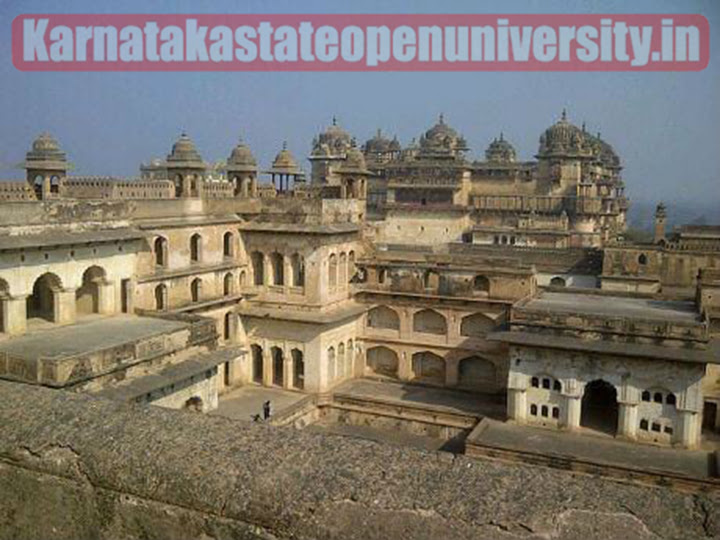
Jhansi Fort Details
| Article for | Jhansi Fort: The Legendary Fort of Rani Laxmi Bai All you need to Know In 2024 |
| Jhansi Fort: The Legendary Fort of Rani Laxmi Bai All you need to Know In 2024 | Click Here |
| Category | Travel |
| Official website | Click Here |
click here:- Red Fort Delhi All you need to Know In 2024
The Unnao Gate, the Khanderao Gate, the Jharna Gate, the Datia Darwaza Gate, the Chand Gate, the Laxmi Gate, the Orchha Gate, the Sagar Gate, and the Sainyar Gate are the primary gates. The Shiv temple, Rani Jhansi garden, and the mazar for Ghulam Gaus Khan, Khuda Baksh, and Moti Bai are all located in the central fort area, as is the Karak Bijli Top, or tank.Elegant sculptures in the Jhansi Fort provide insight into its long and illustrious history.
The streets are filled with bazaars and temples in Jhansi. There is also a war memorial paying tribute to martyrs, and the Rani Lakshmi bai Park built in the memory of her poignant role in the freedom struggle in Jhansi.
History
The chief of the Bundela Rajputs and the ruler of the Orchha Kingdom, Veer Singh Ju Deo Bundela, may have built the Jhansi Fort in 1613. The Bundela kings used it as one of their main defenses. In 1728, Mohammed Khan Bangash confronted Chhatrasal, the maharaja. Peshwa Bajirao assisted him in his victory over the invader. Chhatrasal gave the Peshwa, including Jhansi, a portion of his state as a gesture of appreciation for their assistance. In 1742, Naroshanker became Jhansi’s Subedar. All through his standard of 15 years, he expanded the Jhansi Stronghold and the expansion is known as Shankargarh.In 1757, he was summoned by the Peshwa, and Madhav Govind Kakirde and Babulal Kanahai became Jhansi’s subordinates.
From 1766 to 1769, Vishwas Rao Laxman held this position, and Raghunath Rao (II) Newalkar took over. As he built the Raghunath and Mahalakshmi temples, he increased the region’s revenue. After Shiv Rao passed away, his grandson Ramchandra Rao took over Jhansi. Raghunath Rao (III), his son, passed away in 1838 after his death in 1835. After that, Gangadhar Rao became the Jhansi Raja under British rule. Jhansi’s financial situation had already become precarious as a result of the previous rulers’ poor management.
Gangadhar Rao was a kind ruler who was well-like by the people of the area. In 1842, he wed Manikarnika Tambe, whose new name was Lakshmi Bai. In 1851, she gave birth to a boy named Damodar Rao, but he died after only four months. Anand Rao, a son, was also adopted by the maharaja. He was the son of Gangadhar Rao’s cousin and was given the new name Damodar Rao. He was given a new name the day before the maharaja died.
Architecture
The fort is situate on a vast 15-acre piece of land. Forts in India are build in a distinct northern style as opposite to a southern style. Posts were generally work via seabeds in the southern piece of the nation, as Bekal Stronghold of Kerala. The granite walls of the fort are 16 to 20 feet thick and measure 312 meters in length and 225 meters in width. Khanderao Gate, Datia Darwaza Gate, Unnao Gate, BadaGao Gate, Laxmi Gate, Sagar Gate, Orchha Gate, Sainyar Gate, and Chand Gate are just a few of the ten entrances.
The presence of the Ganesh and Shiva temples at the entrance demonstrates the devotion of its ancestors as well. Baradari is a structure dedicate to Raghunath Rao, Raja Gangadhar Rao’s brother, for his love of art and architecture. This magnificent stucco structure had a roof that was made to look like a pond and had water sprinkle over it. The Execution Pinnacle is an underlying pinnacle to execute detainees, while the Bouncing Spot is where Rani Lakshmi bai got around the wall to jump on her pony Badal to get away. The entrance of the Kadak Bijli cannon, which Rani Lakshmi bai use in the 1857 revolt, is adorn with a symbol of patriotism, martyrdom, and an unwavering belief in freedom.
The political Significance at Jhansi Fort
The brave Rani Laxmi Bai, a warrior queen who fought the British invaders, is immediately evoke by the Jhansi Fort. During the 1857 revolt, she serve as the region’s focal point for rebellion.
The Jhansi Revolt of 1857 is regard as India’s first independence war. During the war of 1857, the fort of Jhansi attracted those who longed for freedom and served as the battleground.
Jhansi Mahotsav
The Jhansi Mahotsav is usually held in February or March by the UP Tourism Government to honor Jhansi’s ancient culture. It’s a festival award that lasts a week and includes dance, singing, and acting performances.
This benevolent practice attracts a wide range of personalities to participate and attend. Workshops and seminars that pay cultural homage to its history are also available.
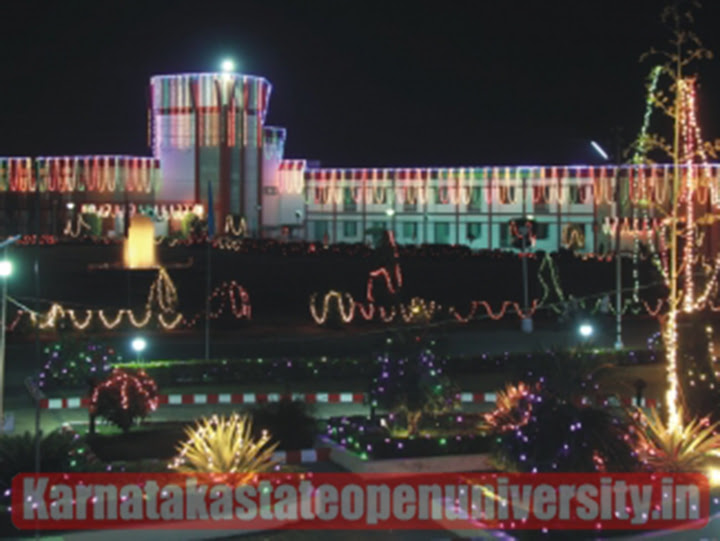
Heritage Site near Jhansi Fort
In that’s 7.3 km circumference, the area around the fort is home to many attractions:
Panchkuian Temple
This temple is devote to Lakshmi, the Hindu Goddess of Wealth. It is still welcomes hundreds of devotees every months. Legend has that it Rani Lakshmi bai use to visit this temple to pray every day.
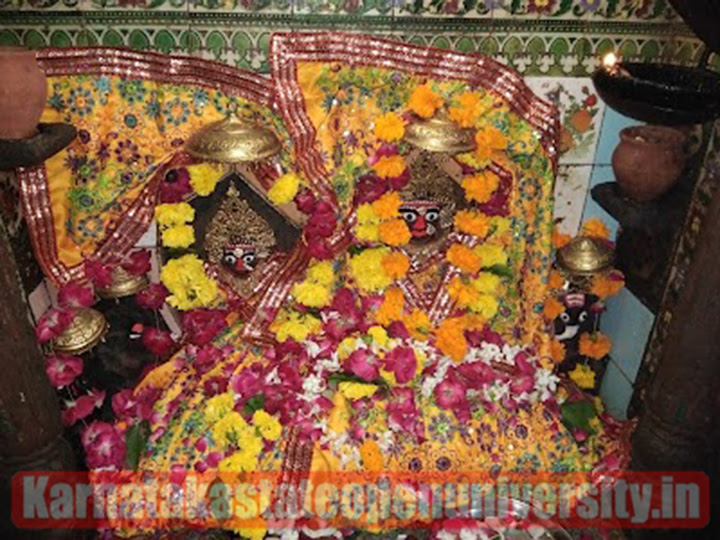
City Church
Religious monuments vivify the diversity of the Indian culture, and City Church is definitely a glimpse into that.
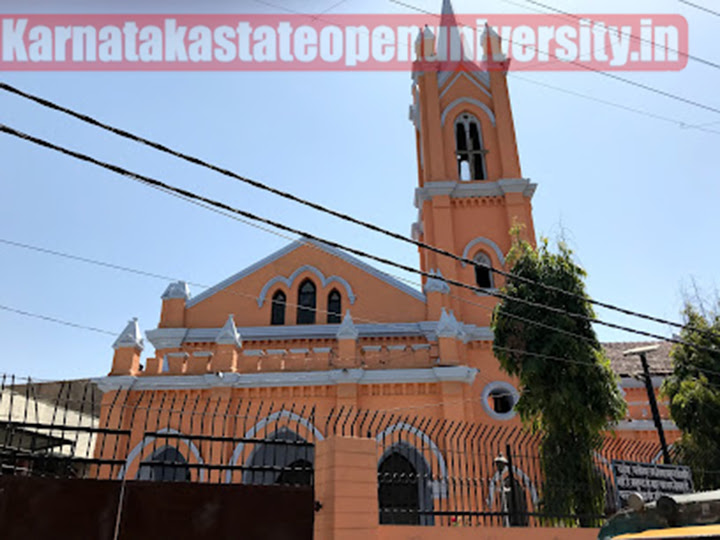
Rani Mahal
Orchha Fort complex harbours Rani Mahal cherishing the great memory of Rani Lakshmi bai, the queen of Jhansi. The four walls of her bedroom were carve with depictions from scriptures such as the Ramayana. The décor of Dash avatar of Lord Vishnu also conveys that it she was a discipline devotee.
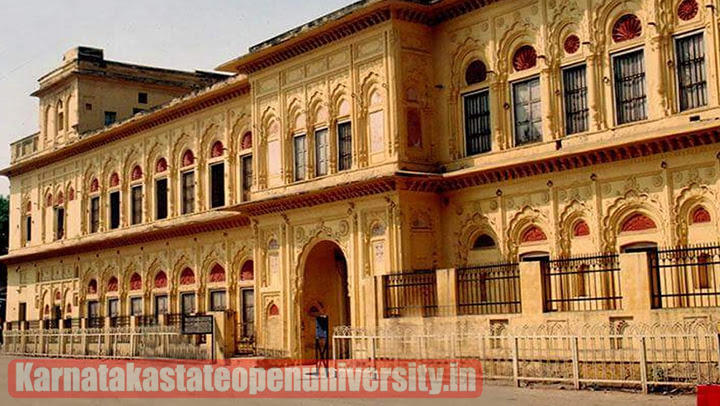
check:- Neemrana Fort Palace All you need to Know In 2024
UP Government Museum
The museum displays artifacts from as far back as the fourth century. It primarily consists of the Chandela dynasty’s arsenal of weapons, clothing, and kitchenware. Sculptors and relics made for the kings and queens of the time are among the artifacts that date back to the 11th century. On Mondays and the second Saturday of each month, the museum is close.
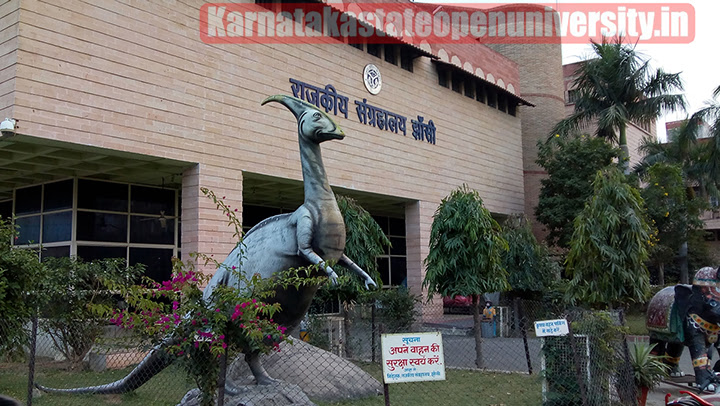
check:- Agra Fort: Agra All you need to Know In 2024
Other places
The famous Iscon temple, war memorial, Gayatri Temple, Murli Manohar temple, Shankar Mandir, Mahalakshmi temple, Mehendibagh temple and Satyanarayana temple are some other places to visit near Jhansi Fort.
Best time to visit Jhansi
The Best time to visit the fort would be from October to March month. February is also the time when Jhansi Mahotsav takes place attracting hundreds of tourists from all over the India.
Jhansi Fort Timings and Entry Fees
Jhansi Fort opens its doors at seven in the morning. The fort’s archaeological remains can be explore by visitors until its closing time, which is at 6 p.m. During the week, the fort is open from sunrise to sunset, with Monday being its weekly off day. Since Jhansi ka Kila is a ticketed monument, visitors cannot enter the fort without a ticket. The old Jhansi Kila’s ticket price is different for Indians and foreigners at many other Indian monuments.
The approximate ticket price list
- Entry fee for Indians: Rs. 15.
- Entry fee for foreigners: Rs. 200.
- Entry fee for SAARC and BIMSTEC countries’ visitors: Rs. 15.
- Children under the age of 15 are admitted free of charge.
How to reach Jhansi Fort?
Because it is in the heart of the city, getting around is easier around the Fort of Jhansi. The fort is approximately three kilometers away from the Jhansi Railway Station, which can be reach by cars, buses, tempo buses, and rickshaws. The cheapest modes of transportation are buses and tempos. Gwalior Airport is the closest airport to Jhansi, which is about 103 kilometers away. From the airport, taxis can be hire or pre-book.
Buses can be taken from the stop at the Railway Station, the City Bus stand at Talpura, or Elite Crossing. The closest stop to Jhansi Fort is the Jhansi Museum Bus Stop.
Reviews
In the 17th century, King Bir Singh Judeo of Orchha constructed Jhansi Fort as an army stronghold on top of a hill. This fort witnessed the ferocious battle commanded by Rani Laxmi Bai and played a significant role in the revolution of 1857. Within the fort, there are temples to Lord Ganesha and Lord Shiva. On Mondays and second Saturdays of each month, the museum is close. Other places to see in Jhansi include the famous Iscon temple, the war memorial, the Gayatri Temple, the Murli Manohar temple, the Shankar Mandir, the Mahalakshmi temple, the Mehendibagh temple, and the Satyanarayana temple. The first wall city was build around a stone fort that crown a nearby rock. From 1817 to 1854, the city was known as Balwantnagar. Jhansi was the capital of the regal province of Jhansi which was control by Maratha rajas.
Related Posts:-
Chittorgarh Fort: A epic tale of love, courage and Sacrifices All about History In 2024
Chitradurga Fort Karnataka All you need to Know In 2024

